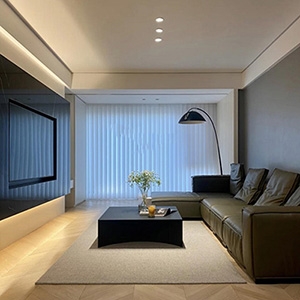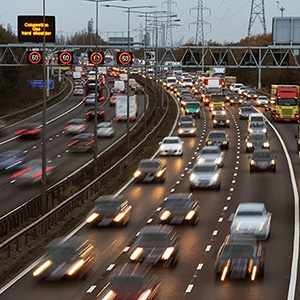Sound Sensor
Outdoor Noise Sensor, 30dB~130dB, RS485
Industrial Stainless Steel Noise Sensor, 4-20mA
Noise Sensor, Analog Output, 30dB-130dB
Waterproof Noise Sensor, Sound Pressure Detection
Noise Detection Sensor with High Sensitivity Microphone
Indoor Noise Sensor, 4-20mA/RS485 Output
Industrial Noise Sensor Module, TTL/RS485/IIC
Noise Sensor, Wall Mounted, IP65 Protection
Noise Sensor, Ceiling Mounted, 4-20mA/0-5V/RS485
Small Sound Sensor Module, ModbusRTU Protocol
Sound sensors and noise sensors are intelligent sensing devices used to detect and analyze changes in sound signals or sound pressure levels in the environment. They convert sound waves into electrical signals and output data in real time through algorithms or communication interfaces. With their high-precision measurement, fast response, and good system compatibility, these sensors are widely used in environmental monitoring, smart cities, industrial control, acoustic research, and many other fields.
Working Principle
Sound sensor modules convert sound waves into weak electrical signals through a built-in microphone unit. These signals are then amplified, filtered, and processed by circuitry to output a measurable or analyzable signal. Noise sensors focus on measuring sound pressure level (SPL) and utilize an A-weighted filtering algorithm to simulate the human ear's perception of different frequencies, making the measurement results closer to actual auditory experience. Some modules support Modbus RTU communication, enabling remote data reading and multi-node network deployment.
Application Areas
Education and Public Spaces
- Classroom, Library, Dormitory Noise Monitoring: Real-time monitoring of noise levels in learning and resting environments to assist in quiet management.
- Campus Smart Management System: Works with smart gateways to visualize noise data in teaching buildings and dormitories.
Office and Commercial Buildings
- Office Area Acoustic Environment Optimization: Used for sound pressure monitoring and acoustic design evaluation in conference rooms and open office areas.
- Shopping Malls and Exhibition Halls: Monitors noise levels in public places, optimizing customer experience and sound system effects.
Industrial and Construction Site Scenarios
- Factory Workshop Noise Monitoring: Real-time monitoring of equipment operating noise, ensuring employee health and compliance with occupational safety standards.
- Construction Sites: Monitors construction noise, assisting environmental protection departments in noise pollution management and enforcement.
Smart Cities and Environmental Monitoring
- Urban Noise Monitoring Network: Enables multi-point deployment via RS485 or wireless transmission for urban noise mapping.
- Traffic Noise Detection: Used for long-term acoustic environment assessment around roads, subway stations, and airports.
- Public Space Management: Real-time noise monitoring in squares, scenic areas, and residential areas, contributing to the construction of "quiet zones" in cities.
Smart Home and Security Systems
- Sound Trigger Control: Enables intelligent interactive functions such as voice activation and clapping to turn on lights.
- Abnormal Sound Detection: Used to identify abnormal sound sources such as broken glass, pet barking, and intrusion.
Scientific Research and Teaching
- Acoustic Experiments and Research: Used for sound pressure testing, noise source analysis, and sound field distribution measurement.
- Laboratory and Engineering Teaching: Serves as an experimental module in courses on sensor principles or signal acquisition.

Household

Library

Urban Traffics

Construction Site
Sound and noise sensors are not only core devices for sound signal acquisition but also important components of intelligent sensing systems. Whether in urban environmental monitoring, industrial noise control, smart homes, or scientific research and teaching, they provide reliable and real-time acoustic data support.






























